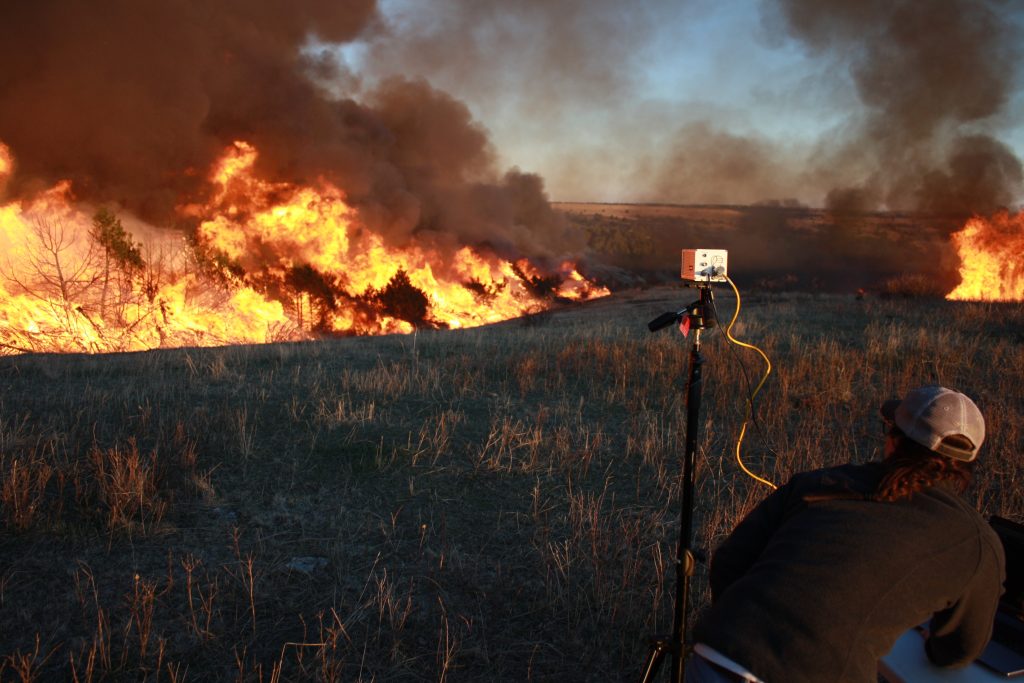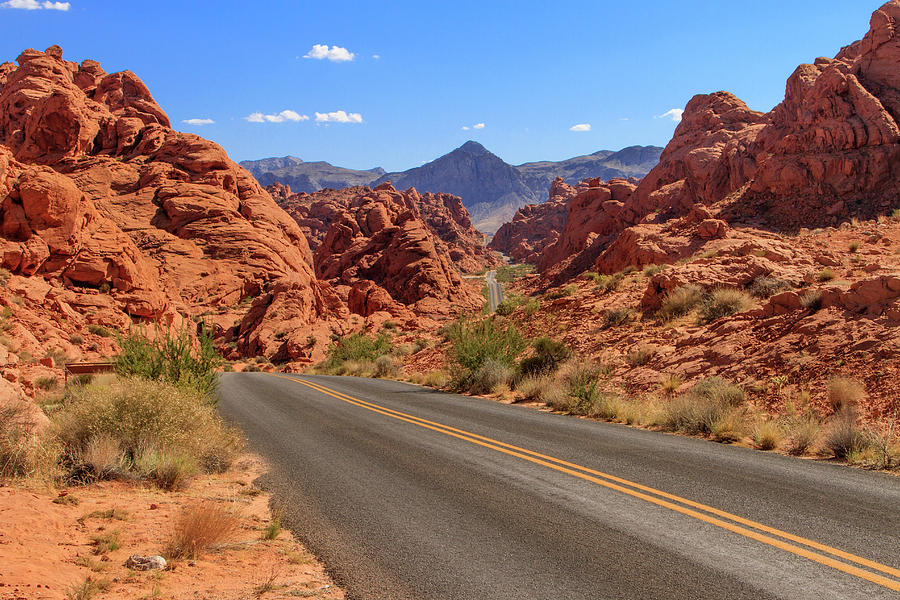
Our results suggest that annual to biennial fire frequencies prevent shrubs and trees from competitively excluding grasses and prairie forbs, while spatially variable shading from overstory trees reduces grass dominance and provides a wider range of habitat conditions. Functional group species richness was positively correlated with functional group cover. Savannas and woodlands with intermediate and spatially variable tree canopy cover had greater species richness and community heterogeneity than old-field grasslands or closed-canopy forests. Maximum species richness was observed in unburned units for woody species, with biennial fires for forbs, and with near-annual fires for grasses. However, overstory tree species richness was highest in unburned units and declined with increasing fire frequency. Understory species richness and community heterogeneity were maximized at biennial fire frequencies, consistent with predictions of the intermediate disturbance hypothesis.

Species richness was assessed for all vascular plant species and for three plant functional groups: grasses, forbs, and woody plants. We surveyed understory vegetation and measured tree canopy cover on permanent plots spanning an experimental fire frequency gradient to test fire frequency and tree canopy effects on plant species richness and community heterogeneity within a mosaic of grassland, oak savanna, oak woodland, and forest communities. Hence, high species richness in savannas is due to both high sample point species richness and high community heterogeneity among sample points, which are maintained by intermediate fire frequencies and variable tree canopy cover.Ībstract = "Disturbances and environmental heterogeneity are two factors thought to influence plant species diversity, but their effects are still poorly understood in many ecosystems.


Disturbances and environmental heterogeneity are two factors thought to influence plant species diversity, but their effects are still poorly understood in many ecosystems.


 0 kommentar(er)
0 kommentar(er)
